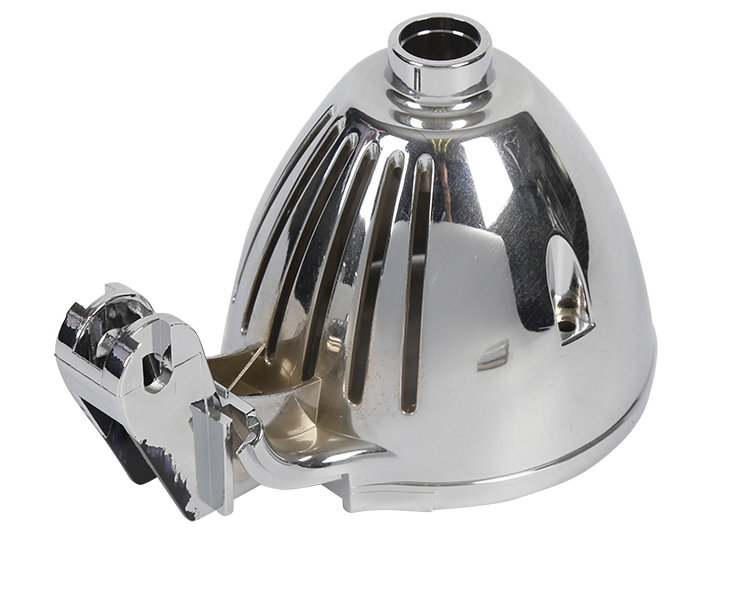The three most common plating processes in the display case industry are vacuum plating, water plating, electrophoresis. The general use of electroplating process material for stainless steel, in the commercial commonly used in jewellery, clothing, clubs, shopping malls and other places.

What is the difference between vacuum plating, aqua plating and electrophoresis?
First of all, let’s talk about the definition of each.
Electroplating is an electrochemical process and a redox process. The basic process of electroplating is to immerse the part in a solution of metal salts as a cathode and a metal plate as an anode, which, when connected to a DC power supply, deposits the desired layer on the part.
Vacuum vapour deposition: the thin layer of metal is applied to the plastic surface by evaporation and condensation of metal filaments under a high vacuum. The vacuum vapour plating process involves the melting of the metal (most commonly aluminium), evaporation takes only a few seconds and the whole cycle generally takes no more than 15s, with a layer thickness of 0.8-1.2uM.
Water plating is the process of depositing a metal or alloy onto the surface of a workpiece using electrolysis to form a uniform, dense, well-bonded metal layer, known as water plating. Simply understood, it is a physical and chemical change or combination.
There are two types of electrophoresis: cathodic and anodic. Different electrophoresis requires different electrophoresis solutions, mainly because of the oppositely charged nature. The difference between the two is that the intermediate objects are different, one for metal ions and one for colloids. The result of the treatment is also different. Electroplating is a layer of metal, which protects, prevents rust and is aesthetically pleasing, while electrophoresis is generally used for painting, i.e. the surface is coated with a layer of paint and is commonly used in the automotive industry. The similarity between the two is that they both require electricity, i.e. a positive and negative pole, which can form an electric field, allowing ions or charged colloids to move in a directional manner. Of the three processes, if the stainless steel is to be plated, water plating is the most expensive, followed by electroplating and finally vacuum plating. The price also varies, and the colour of the plating, if any, depends on the process. For example, bronze or yellow bronze requires a water plating process. But water plating is now too scarce, and it seems that there are not many water plating factories in the Pearl River Delta region. In Shenzhen, there is no way to have a water plating factory, it is concentrated in Foshan, Huizhou, Dongguan and other places. So there is a high-end point of the jewellery cabinet, but the cost of water plating is also high, the price is also high. So now the stainless steel material, more vacuum plating, electrophoresis process is the main. The price is also much cheaper than water plating. Today, if the pursuit of bronze, yellow bronze and other styles, or do water plating, because vacuum plating electrophoresis and other processes are indeed not up to the effect of the water plating process, although many plating factories said electrophoresis vacuum plating can reach water plating that effect, in fact, many fool people.

